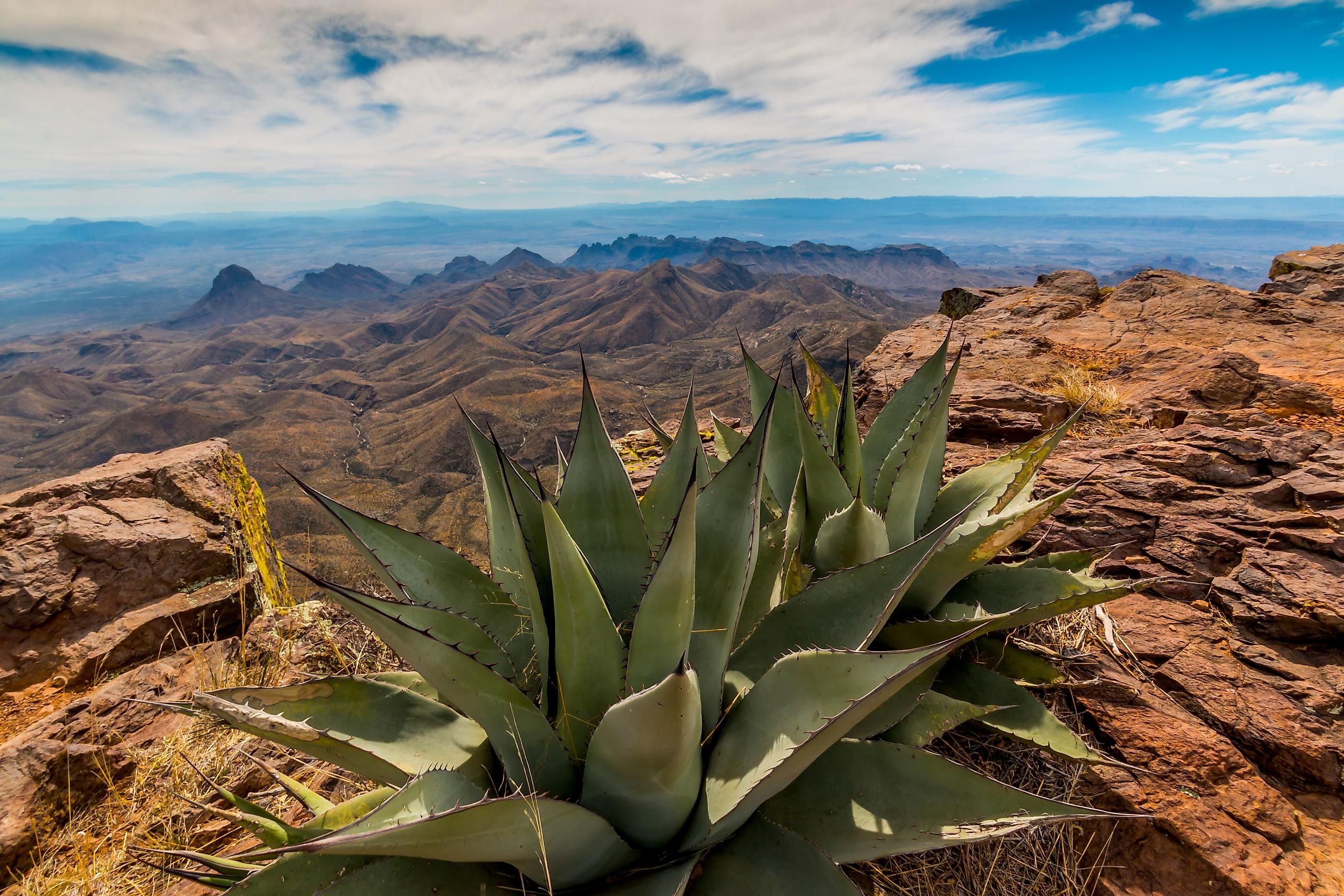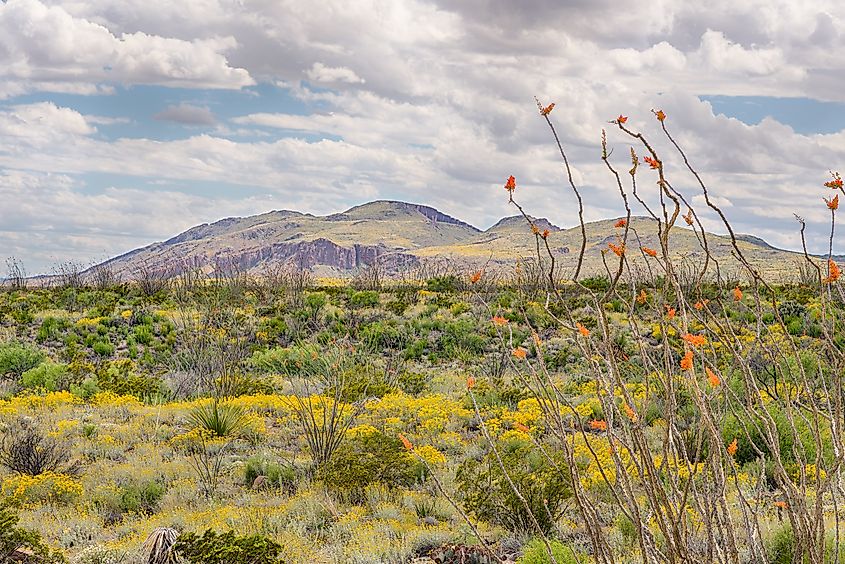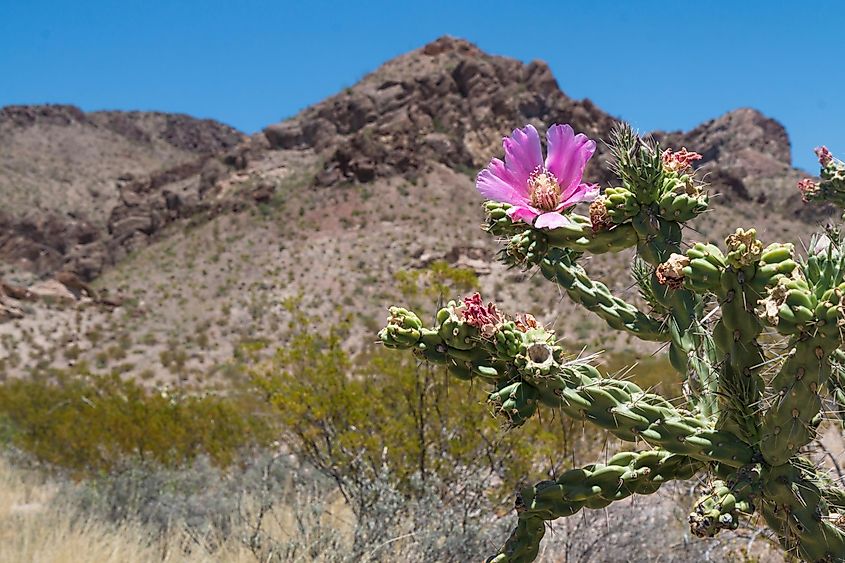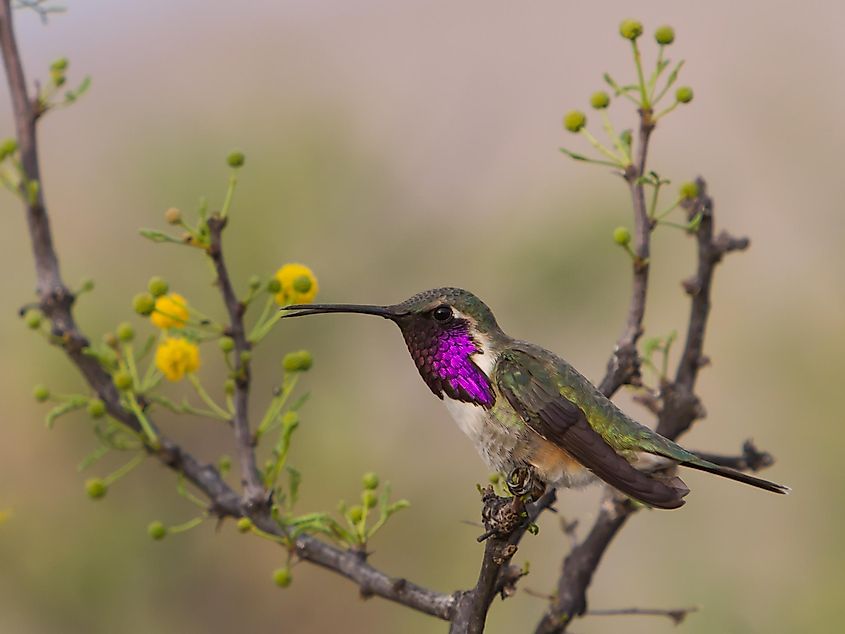
Chihuahuan Desert
The Chihuahuan Desert is an ecoregion that covers areas of northern Mexico and the southwestern U.S., including west Texas, parts of New Mexico, and southern Arizona. It is named after the Mexican state of Chihuahua, which contains the desert's largest area. Altogether, the desert occupies an area of 501,896 km2 and is the largest desert in North America. The desert has existed for roughly 8,000 years.
Geography Of The Chihuahuan Desert

The desert's landscape widely ranges from valleys to mountains, plateaus, and lowlands. One of the most significant landmarks within the desert is the Rio Grande Valley. The desert contains a large section of the Rio Grande and the Pecos valleys and the Mexican Plateau. The Sonoran Desert and the Colorado Plateau border the Chihuahuan Desert. Though the Chihuahuan Desert has expansive flat plains and valleys, it also includes several mountain ranges, including the Sierra Madre, the Sierra del Carmen, the Organ Mountains, the Franklin Mountains, the Sacramento Mountains, the Chisos Mountains, the Guadalupe Mountains, and the Davis Mountains. This range in elevation and geographical landscape means the area has a varied climate and high biodiversity.
Climate
The Chihuahuan Desert has a hot desert semi-arid climate. It is a rain-shadow desert due to the presence of the bordering mountain ranges. These ranges prevent most of the precipitation in the region from reaching the Chihuahuan area, thus creating an arid desert climate. However, some seasonal rainfall does occur, with the heaviest months being late June and early October. The higher elevation areas also experience slightly wetter, cooler climates than the lowlands, valleys, and plateaus. On average, the mean annual precipitation is 235 mm. In general, the desert has a higher elevation than many other desert areas and thus is slightly milder in temperature. Summer temperatures range around 32 to 40 °C during the day, while the average annual temperature ranges from 13 to 22 °C.
Flora And Fauna Of The Chihuahuan Desert

The Chihuahuan Desert is one of the most biologically diverse deserts on Earth, with a high level of endemic species compared to most arid areas. Plant life consists of brush and grasses that thrive in sandy or arid soil, such as creosote, acacia, mesquite, and tarbush. Other plants in more upland areas include opuntia, yucca, agave, and roughly 400 types of cacti. Common grasses include the often waist-high purple three-awn and black grama.

Animal species are also diverse - although some species which used to be endemic or even common in the area have since become endangered, lost habitat, or relocated. Roughly 120 species of mammals and more than 300 species of birds can be found in the Chihuahuan Desert, such as Mexican wolves, mountain lions, black-tailed prairie dogs, kit foxes, and mule deer.
Human Settlements In The Chihuahuan Desert

As with many deserts, much of the Chihuahuan Desert has little to no inhabitants. However, there are several significant cities and urban areas within its vast expanse. Nearly 2 million people live in Ciudad Juarez in the State of Chihuahua. Other Mexican cities include Torreon Saltillo and the city of Chihuahua. On the U.S. side of the desert, the largest cities are El Paso, in Texas and Albuquerque, in New Mexico. Other cities include Alamogordo, Alpine, Benson, Carlsbad, Carrizozo, Deming, Fort Stockton, Fort Sumner, Las Cruces, Marfa, Pecos, Roswell, and Wilcox.
Risks And Human Impact
Unfortunately, human development, urbanization, and climate change have all impacted the Chihuahuan Desert and continue to do so. Grazing has drastically reduced the diversity and prominence of several species of grasses in the area, paving the way for other plants to run rampant and become overgrown. Urbanization has also reduced habitats for many endemic species, such as the Mexican wolf. Fortunately, the species' population is rising due to conservation efforts, but it is still considered highly endangered.
Continued conservation efforts, education, and the implementation of protected areas aim to keep the Chihuahuan Desert as protected and intact as possible. Despite risk factors, this beautiful, raw and wild ecoregion can be preserved with care and understanding.











